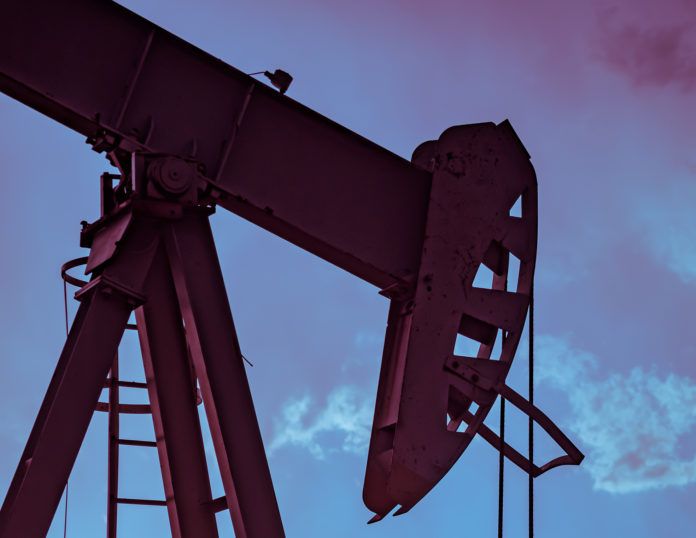Mike Sommers, president and CEO of the American Petroleum Institute, says Louisiana is probably the toughest state in the nation. “You’ve made it through several major storms this hurricane season – on top of a pandemic,” Sommers says. “You’re resilient people, representing an industry that Americans can count on.”
Sommers delivered the keynote address during last week’s virtual Southern Energy Conference, an annual event jointly-sponsored by Louisiana Mid-Continent Oil & Gas Association and the Louisiana Oil & Gas Association. He says the state’s oil and gas industry is at a critical juncture. “No one could have envisioned this pandemic and economic downturn, and all of the political upheaval,” Sommers says. “For example, New Orleans was once home to One Shell Square. Today, the city is divesting from energy altogether. It’s a prime example of government getting in the way of providing energy to those who need it most.”
A LMOGA and API study highlights the positive impact of oil and gas activity on the state’s economy. “Last year, Louisiana’s onshore, offshore and LNG activity generated some $4.5 billion in local and state revenue,” he adds. “The biggest news coming from the study is that oil and gas provided $73 billion to the state’s Gross Domestic Product in 2019 (both directly and indirectly), representing 26 percent of the total GDP.”
Sommers remains optimistic about Louisiana’s oil and gas future because of the industry’s high-paying jobs, resilience and preparedness for the challenges ahead. “Horizontal drilling and fracking have made Louisiana and the U.S. self sufficient in the energy market. The security implications of this are significant.
“Of course, natural gas has been the big story,” he adds. “The Haynesville Shale and LNG plants have turned Louisiana into the epicenter of natural gas production and export.”
During a Thursday session, Dr. Greg Upton of LSU’s Center for Energy Studies updated attendees on his recommendations for changing the state’s mineral tax structure. Senate Concurrent Resolution 4, passed in 2018, authorized Upton and Dr. Jim Richardson to explore changes to the tax structure that would improve competitiveness in the oil and gas sector, decrease or remove tax rate differences for oil and gas, create an equitable system of tax exemptions and increase production.
Upton says while an optimal tax structure would promote the most production, the trick is finding the “sweet spot.” In the end, the economists made four recommendations. “We suggest an equivalent volumetric tax rate for oil and natural gas, with a rate established semi-annually,” Upton says. “Additionally, we recommend removing exemptions associated with horizontal drilling, tertiary wells and deep wells for new activity, and implementing new tax rates for oil and gas production from new activity.”
Also highlighting the conference, U.S. Congressmen Garret Graves and Clay Higgins shared efforts at the federal level in regards to regulations and programs impacting oil and gas; and Joe Leimkuhler, chief operator officer at Beacon Offshore Energy, discussed the internal and external challenges of building and preparing a subsea production operation in 2020.


